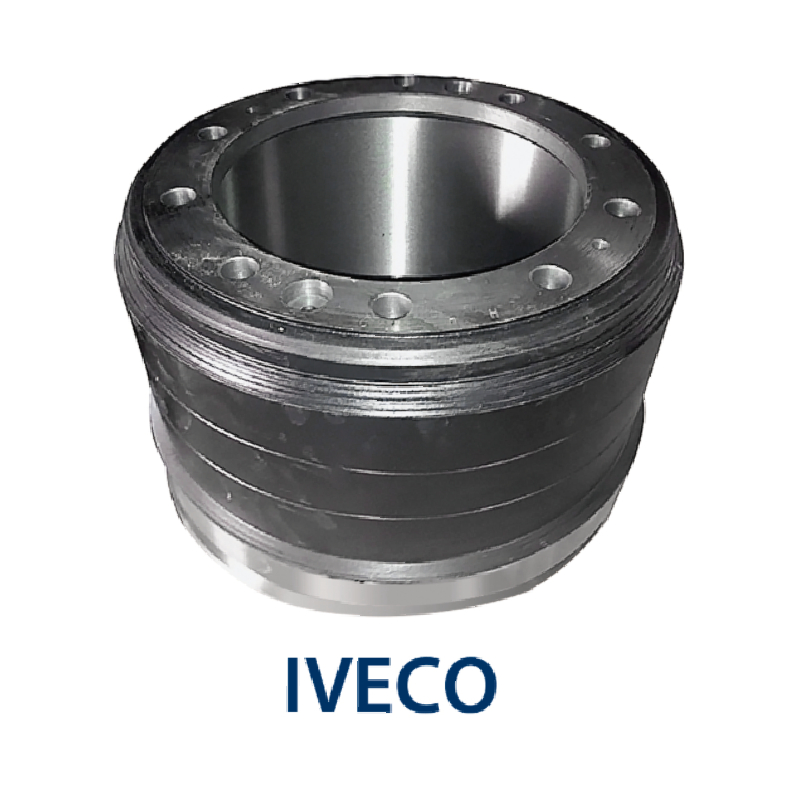Nov . 19, 2024 19:28 Back to list
brake drum rust removal
Effective Methods for Rust Removal from Brake Drums
Rust on brake drums is a common issue that vehicle owners face, especially in regions susceptible to moisture or road salt. Not only does rust affect the appearance of the brake drums, but it can also impact their functionality. The following article outlines effective methods for removing rust from brake drums, ensuring safety and extending the life of your vehicle's braking system.
Understanding the Problem
Brake drums are essential components of a vehicle's braking system, providing a surface for brake shoes to apply friction and halt the vehicle. Over time, exposure to moisture and other environmental factors can lead to rust formation. If left unchecked, rust can worsen, leading to decreased braking efficiency and potentially dangerous driving conditions.
Preparation
Before beginning the rust removal process, it's crucial to gather the necessary tools and materials. You will need
- Safety goggles and gloves - Wire brush or drill attachment - Sandpaper (various grits) - Chemical rust remover (optional) - Clean cloths - Brake cleaner
Ensure that your vehicle is parked on level ground, with the engine off and the parking brake engaged. Always wear safety gear to protect your eyes and skin from debris and chemicals.
Rust Removal Process
brake drum rust removal

1. Inspect the Brake Drums Start by carefully examining the brake drums for any signs of rust. Assess the severity of the rust light surface rust can be managed with simple cleaning methods, while heavy pitting may require more advanced treatment.
2. Initial Cleaning Use brake cleaner to wipe down the surface of the brake drums, removing any debris or oil that may hinder the rust removal process.
3. Mechanical Removal For light rust, a wire brush can be effective. Scrub the affected areas thoroughly to lift off the rust. If necessary, use a drill attachment for more extensive areas, but be cautious not to damage the underlying metal.
4. Sanding After using the wire brush, transition to sandpaper. Start with a coarser grit to tackle stubborn rust patches, then progress to a finer grit for a smoother finish.
5. Chemical Treatment If the rust persists after mechanical methods, consider a chemical rust remover. Apply as directed, allowing it to penetrate before scrubbing the area again.
6. Final Cleaning Once the rust is removed, clean the drums with a cloth and brake cleaner to remove any residues from the rust removal process.
Conclusion
Regular inspection and maintenance of brake drums are vital for vehicle safety. By effectively removing rust, you can restore the integrity of your brakes and prolong their lifespan. If at any point you feel uncomfortable performing this task, don’t hesitate to consult a professional mechanic. Your safety is paramount, and properly functioning brakes are essential for safe driving.
-
Premium Brake Drum Iveco – Durable Drum Brake Drum & Brake Shoe Solutions
NewsJul.08,2025
-
High-Performance Brake Drum Liza for Enhanced Safety Reliable Drum Brake Drum & Brake Shoe Solutions
NewsJul.08,2025
-
High-Quality Brake Drum MAZ – Durable Drum Brake Drum & Brake Drum and Brake Shoe for Optimal Performance
NewsJul.07,2025
-
High-Quality Brake Drum Kamaz for Reliable Performance Durable Drum Brake Drum & Brake Shoes
NewsJul.07,2025
-
High-Quality Brake Drum Kamaz for Reliable Performance Durable Drum Brake Drum & Brake Shoe Replacement
NewsJul.07,2025
-
Brake Drum Man - High-Quality Drum Brake Drum & Brake Drum and Brake Shoe Solutions
NewsJul.06,2025
